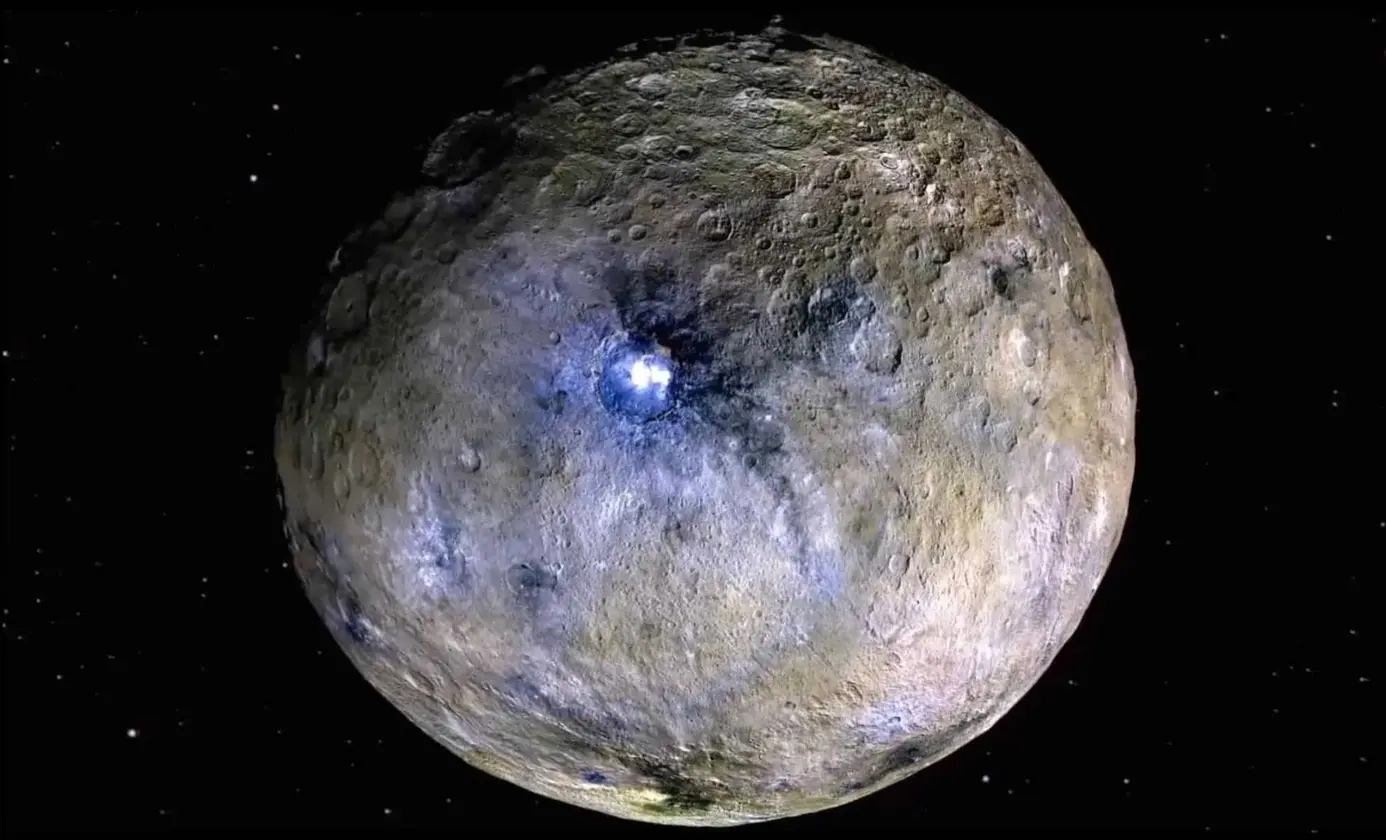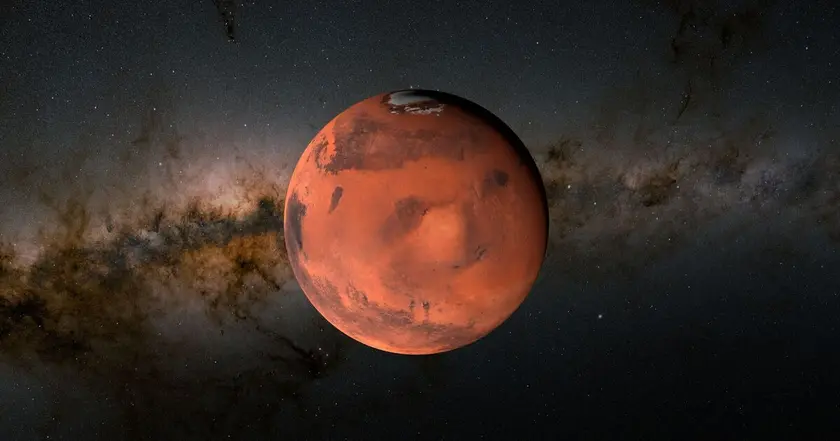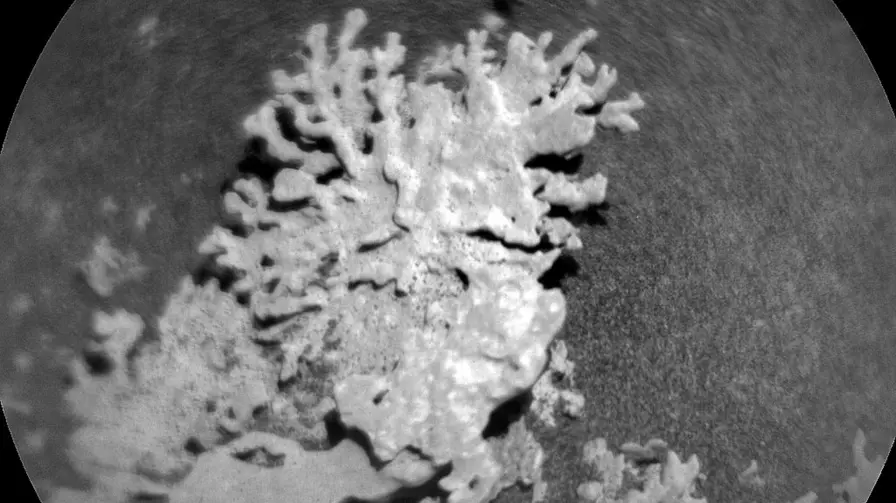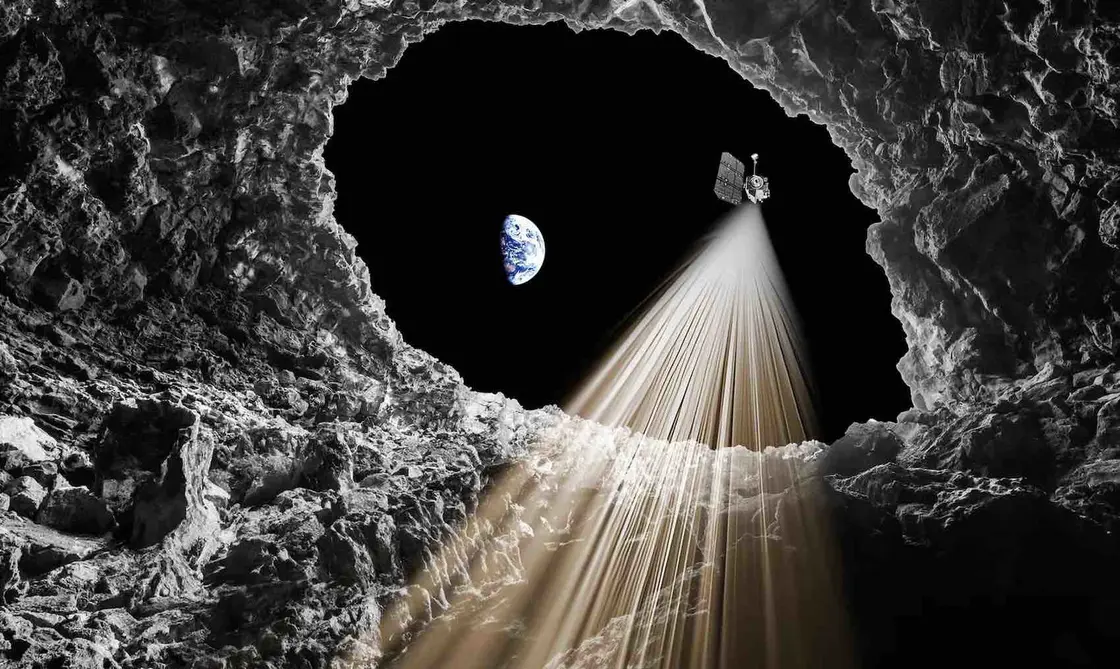T4K3.news
Habitable past on Ceres
NASA study points to a warm, water-rich past on Ceres with chemical energy that could have supported microbes.

NASA's new study suggests Ceres could have hosted a subsurface ocean with a steady chemical energy source in its past.
NASA Reveals Evidence of Habitability on Ceres
NASA researchers report in Science Advances that data from the Dawn mission point to a long-lived subsurface ocean on the dwarf planet Ceres. The analysis argues that heat from the planet’s rocky core could keep water liquid enough for chemical reactions that, in turn, feed potential microbes. The scenario envisions a time window roughly 2.5 to 4 billion years ago when brine-rich layers and energy-rich chemicals would have created a habitable zone beneath the surface.
Today, Ceres is much colder and less active, with the subsurface ocean likely frozen and hydrothermal activity diminished. While this does not prove life ever existed there, the study highlights a plausible pathway for life to begin in environments sheltered from sunlight, similar in spirit to Earth’s deep-sea vents.
Key Takeaways
"On Earth, when hot water from deep underground mixes with the ocean, the result is often a buffet for microbes, a feast of chemical energy."
Explains how hydrothermal systems provide energy for life, a key part of the Ceres hypothesis.
"The past warmth could reveal how life starts under ice and rock."
Editorial assessment of what past habitability implies for life on Ceres.
"This study shows a possible habitability phase in the solar system."
Significance of the study for understanding life-supporting environments.
This study shifts the focus from looking for life to understanding where life could have started. It suggests that habitability can exist in places far from stars and daylight, if heat and chemistry align. The finding invites new questions about how often such environments appear across the solar system and what signals future missions should seek.
But the claim rests on models and indirect evidence. It reminds us that past conditions can be complex and fragile. If Ceres once hosted an energy-rich ocean, a future mission might test that idea with targeted measurements of its interior chemistry and heat flow.
Highlights
- Heat from the core could keep water liquid long enough for life to start
- A hidden ocean could harbor energy for microbes in the dark
- This is a window into solar system history not a claim of life today
- Dawn data keeps expanding the map of where life might have started
Continued exploration will show whether Ceres was a one-off or a common cradle for life in the outer solar system.
Enjoyed this? Let your friends know!
Related News

Mars Boxwork Rocks Reveal Past Water

Mars coral rock hints at ancient water

Walking 20 Minutes Daily Adds Years to Life

NASA discovers coral-like rock on Mars

Report highlights food crisis impacts on children

Negative Home Items Affect Mental Health

Overnight charging warning reaches UK households

NASA Discovers Cave Entrances on the Moon
